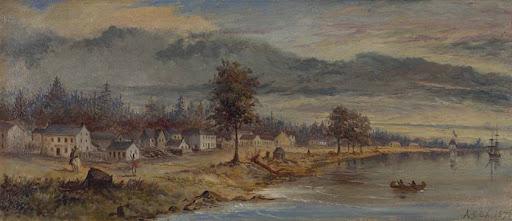This was originally posted on my Instagram on July 6th, 2021.
You can find me on Instagram @fiennesclinton
Of course, Ryerson is a very controversial figure these days. He is considered a key influencer in developing Canada’s residential school system. The Department of Indian Affairs came to him for advice in 1847, just as he was opening the Normal & Model Schools here in Toronto. Ryerson argued that Indigenous children should be educated in separate boarding schools that were denominational, English-only, & oriented towards training for agriculture & industry.
Those who defend Ryerson point out the close relationship he had with Indigenous people. He lived with & taught amongst the Mississauga people at the Credit Mission. He learned their language, worked in the fields with the people of the settlement & became a close friend of future chief Kahkewaquonaby (Sacred Feathers), known in English as Peter Jones. The Mississauga adopted Ryerson & gave him the name of a recently deceased chief, “Cheechock” or “Chechalk”.
No doubt just about everyone has heard Ryerson’s name reappearing in headlines again recently. Whatever your own opinion of his culpability, this story proves that time spent studying history is never misspent.
History informs our present. When Octavius Thompson documented the Normal & Model Schools in 1867, did he ever dream that it would still be making history over 150 years later?










